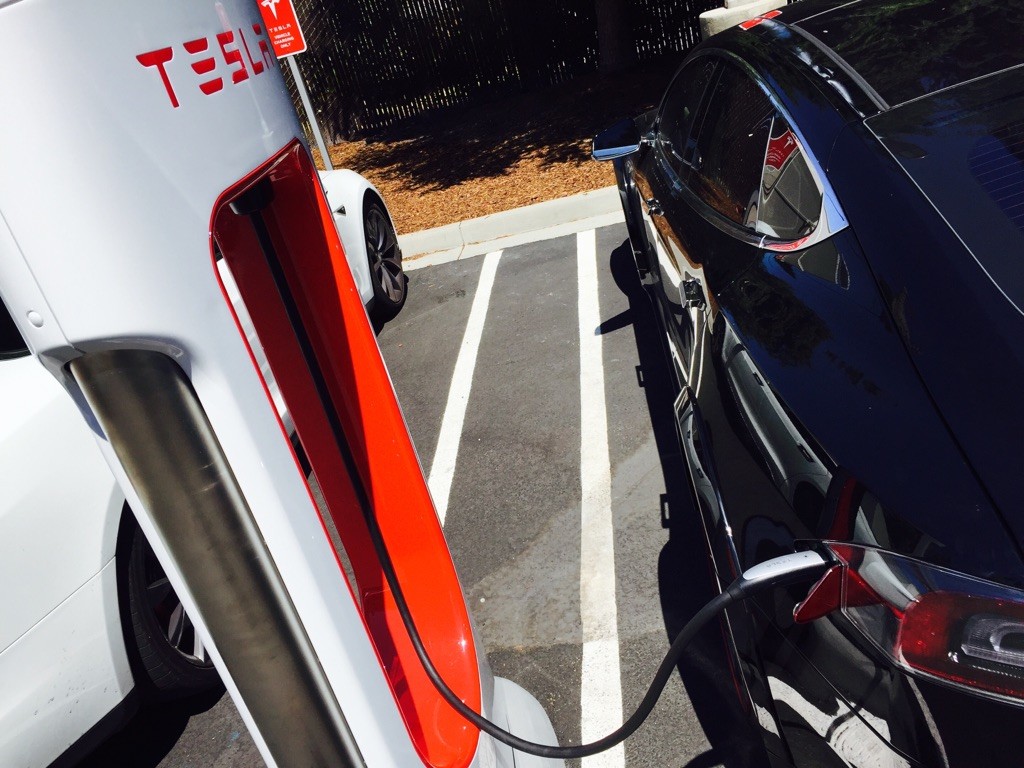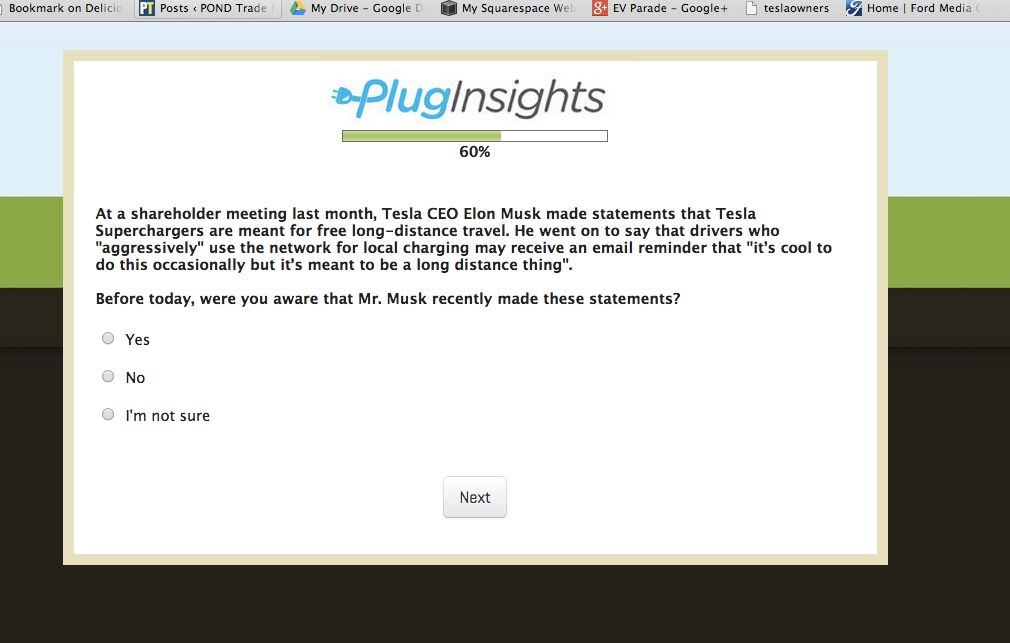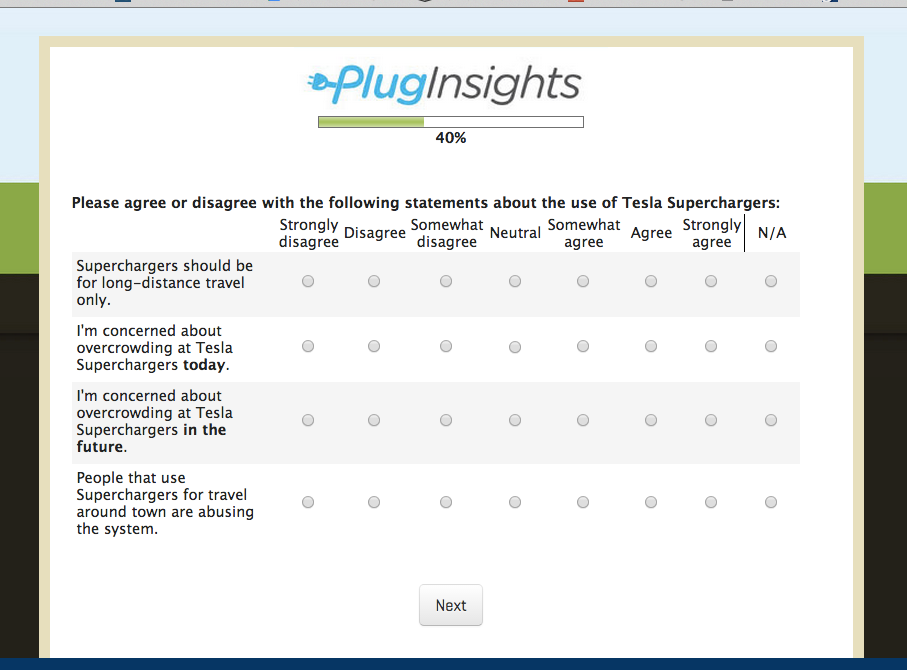News
Why are Tesla Superchargers Only for Long-distance Travel?
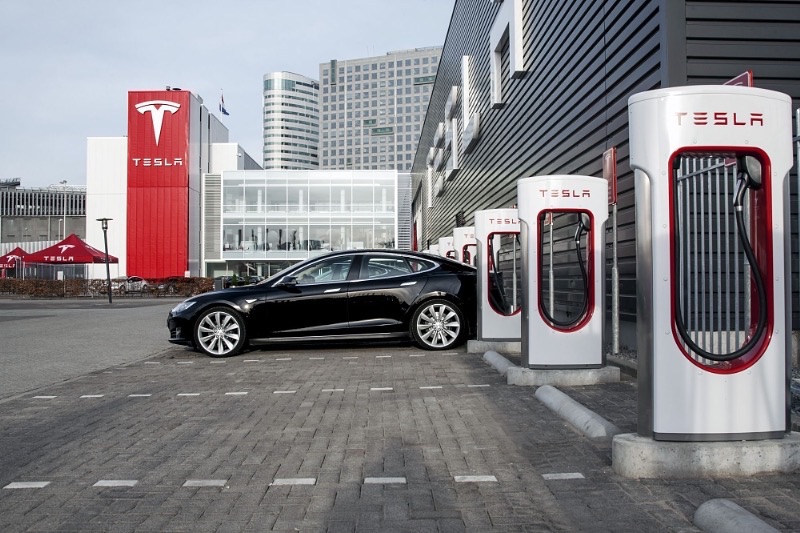
Before going on vacation around July 4th holiday, PlugInsights sent a short survey to me with questions about Tesla supercharging procedures and also about recent comments by Elon Musk. About half way into the short survey, it delves into Elon Musk’s supercharging “overuse” comment regarding some daily Tesla commuters relying on the free charging stations in southern California.
My first thought, this again. Musk’s comments made some waves last month but why dredge this issue to the surface in the form of a survey from PlugInsights, a division of RECARGO.
Is something afoot at Tesla? Why is the company worried enough to conduct a survey about this topic and especially Musk’s comments at the annual shareholders meeting. One question from the survey actually discusses the actual comments by Musk. “Before today, were you aware that Mr. Musk recently made these statements?”
Below are Musk’s comments at the recent annual shareholders meeting held in June:
(paraphrased via the survey)…”that superchargers are meant for free, long-distance travel” and “that drivers who aggressively use the network for local charging may receive an email reminder that it’s ‘cool to do this occasionally but it’s meant for a long-distance thing.’
So why did Elon Musk comment on this relatively small issue? Ashley Vance recent biography on Elon Musk points out that Musk usually doesn’t get involved in PR, unless an issue threatens one of his companies. So how could this threaten Tesla Motors? My speculation is the very real possibility of battery capacity loss and drastically reduced range with multiple instances of DC fast-charging on a daily basis.
Could these patterns lead to drastically reduced battery packs ranges by year three or four of ownership and possibly lead to Tesla replacing a lot of battery packs, due to their warranty coverage?
My speculation centers around 120 kW of DC energy flowing into the battery pack on a daily basis. Did Tesla test battery packs for multiple, daily DC-charging usage? Maybe not.
Musk mentioned at the annual shareholder meeting that fast charging was intended for destination traveling and implied it wasn’t for daily use by commuters.
The Idaho National laboratory conducted a study on DC fast-charging and its effects on battery packs some years ago and released findings in 2014. Using 2012 Nissan Leafs, the study compared the effects of different types of charging: level 2 charging (3.3 kW) and DC fast-charging (50 kW).
The study revealed after 40,000 miles of testing that there was little loss of initial capacity and that the DC-fast charging battery pack had only lost 3 percent more than the other Nissan Leaf using level 2 battery charging.
However, Tesla Superchargers are dishing out 120 kW DC versus the Idaho study of 50 kW, more than 2x the amount of electricity coming into battery pack. That’s a lot stress on the battery management system to keep heat levels down, plus these car owners are supercharging daily, maybe doing it twice a day?
Many automakers have said that DC fast charging is fine on the battery pack, as long as it’s not done excessively. It seems twice a day could be considered excessive and cause concern for Tesla execs. This could be leading up to some proviso with excessive supercharging and the battery pack warranty, hence the PlugInsights survey on usage and expectations.
What about you, any other thoughts on why this is such an issue for Tesla?
** My other mild theory is Tesla’s rising electricity costs for owners employing supercharging only mode. The results of PlughInsights survey showed that 26% of Model S owners polled have used Tesla Superchargers as a free local alternative to home charging.

News
Tesla Model 3 named New Zealand’s best passenger car of 2025
Tesla flipped the switch on Full Self-Driving (Supervised) in September, turning every Model 3 and Model Y into New Zealand’s most advanced production car overnight.

The refreshed Tesla Model 3 has won the DRIVEN Car Guide AA Insurance NZ Car of the Year 2025 award in the Passenger Car category, beating all traditional and electric rivals.
Judges praised the all-electric sedan’s driving dynamics, value-packed EV tech, and the game-changing addition of Full Self-Driving (Supervised) that went live in New Zealand this September.
Why the Model 3 clinched the crown
DRIVEN admitted they were late to the “Highland” party because the updated sedan arrived in New Zealand as a 2024 model, just before the new Model Y stole the headlines. Yet two things forced a re-evaluation this year.
First, experiencing the new Model Y reminded testers how many big upgrades originated in the Model 3, such as the smoother ride, quieter cabin, ventilated seats, rear touchscreen, and stalk-less minimalist interior. Second, and far more importantly, Tesla flipped the switch on Full Self-Driving (Supervised) in September, turning every Model 3 and Model Y into New Zealand’s most advanced production car overnight.
FSD changes everything for Kiwi buyers
The publication called the entry-level rear-wheel-drive version “good to drive and represents a lot of EV technology for the money,” but highlighted that FSD elevates it into another league. “Make no mistake, despite the ‘Supervised’ bit in the name that requires you to remain ready to take control, it’s autonomous and very capable in some surprisingly tricky scenarios,” the review stated.
At NZ$11,400, FSD is far from cheap, but Tesla also offers FSD (Supervised) on a $159 monthly subscription, making the tech accessible without the full upfront investment. That’s a game-changer, as it allows users to access the company’s most advanced system without forking over a huge amount of money.
News
Tesla starts rolling out FSD V14.2.1 to AI4 vehicles including Cybertruck
FSD V14.2.1 was released just about a week after the initial FSD V14.2 update was rolled out.

It appears that the Tesla AI team burned the midnight oil, allowing them to release FSD V14.2.1 on Thanksgiving. The update has been reported by Tesla owners with AI4 vehicles, as well as Cybertruck owners.
For the Tesla AI team, at least, it appears that work really does not stop.
FSD V14.2.1
Initial posts about FSD V14.2.1 were shared by Tesla owners on social media platform X. As per the Tesla owners, V14.2.1 appears to be a point update that’s designed to polish the features and capacities that have been available in FSD V14. A look at the release notes for FSD V14.2.1, however, shows that an extra line has been added.
“Camera visibility can lead to increased attention monitoring sensitivity.”
Whether this could lead to more drivers being alerted to pay attention to the roads more remains to be seen. This would likely become evident as soon as the first batch of videos from Tesla owners who received V14.21 start sharing their first drive impressions of the update. Despite the update being released on Thanksgiving, it would not be surprising if first impressions videos of FSD V14.2.1 are shared today, just the same.
Rapid FSD releases
What is rather interesting and impressive is the fact that FSD V14.2.1 was released just about a week after the initial FSD V14.2 update was rolled out. This bodes well for Tesla’s FSD users, especially since CEO Elon Musk has stated in the past that the V14.2 series will be for “widespread use.”
FSD V14 has so far received numerous positive reviews from Tesla owners, with numerous drivers noting that the system now drives better than most human drivers because it is cautious, confident, and considerate at the same time. The only question now, really, is if the V14.2 series does make it to the company’s wide FSD fleet, which is still populated by numerous HW3 vehicles.
News
Waymo rider data hints that Tesla’s Cybercab strategy might be the smartest, after all
These observations all but validate Tesla’s controversial two-seat Cybercab strategy, which has caught a lot of criticism since it was unveiled last year.
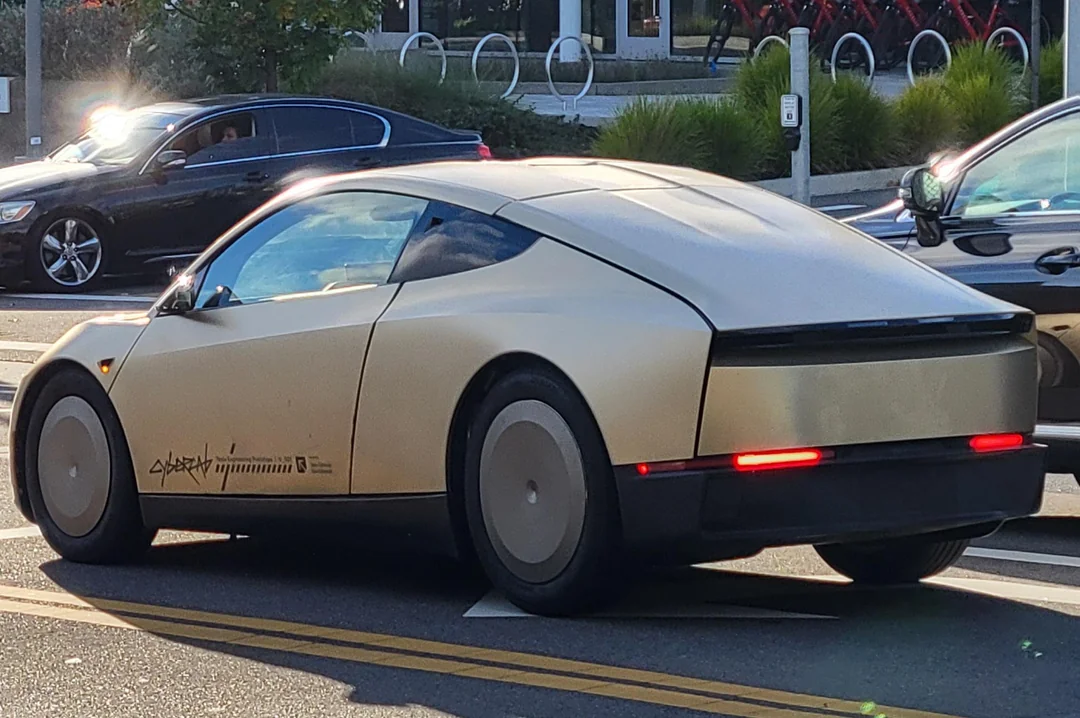
Toyota Connected Europe designer Karim Dia Toubajie has highlighted a particular trend that became evident in Waymo’s Q3 2025 occupancy stats. As it turned out, 90% of the trips taken by the driverless taxis carried two or fewer passengers.
These observations all but validate Tesla’s controversial two-seat Cybercab strategy, which has caught a lot of criticism since it was unveiled last year.
Toyota designer observes a trend
Karim Dia Toubajie, Lead Product Designer (Sustainable Mobility) at Toyota Connected Europe, analyzed Waymo’s latest California Public Utilities Commission filings and posted the results on LinkedIn this week.
“90% of robotaxi trips have 2 or less passengers, so why are we using 5-seater vehicles?” Toubajie asked. He continued: “90% of trips have 2 or less people, 75% of trips have 1 or less people.” He accompanied his comments with a graphic showing Waymo’s occupancy rates, which showed 71% of trips having one passenger, 15% of trips having two passengers, 6% of trips having three passengers, 5% of trips having zero passengers, and only 3% of trips having four passengers.
The data excludes operational trips like depot runs or charging, though Toubajie pointed out that most of the time, Waymo’s massive self-driving taxis are really just transporting 1 or 2 people, at times even no passengers at all. “This means that most of the time, the vehicle being used significantly outweighs the needs of the trip,” the Toyota designer wrote in his post.
Cybercab suddenly looks perfectly sized
Toubajie gave a nod to Tesla’s approach. “The Tesla Cybercab announced in 2024, is a 2-seater robotaxi with a 50kWh battery but I still believe this is on the larger side of what’s required for most trips,” he wrote.
With Waymo’s own numbers now proving 90% of demand fits two seats or fewer, the wheel-less, lidar-free Cybercab now looks like the smartest play in the room. The Cybercab is designed to be easy to produce, with CEO Elon Musk commenting that its product line would resemble a consumer electronics factory more than an automotive plant. This means that the Cybercab could saturate the roads quickly once it is deployed.
While the Cybercab will likely take the lion’s share of Tesla’s ride-hailing passengers, the Model 3 sedan and Model Y crossover would be perfect for the remaining 9% of riders who require larger vehicles. This should be easy to implement for Tesla, as the Model Y and Model 3 are both mass-market vehicles.
